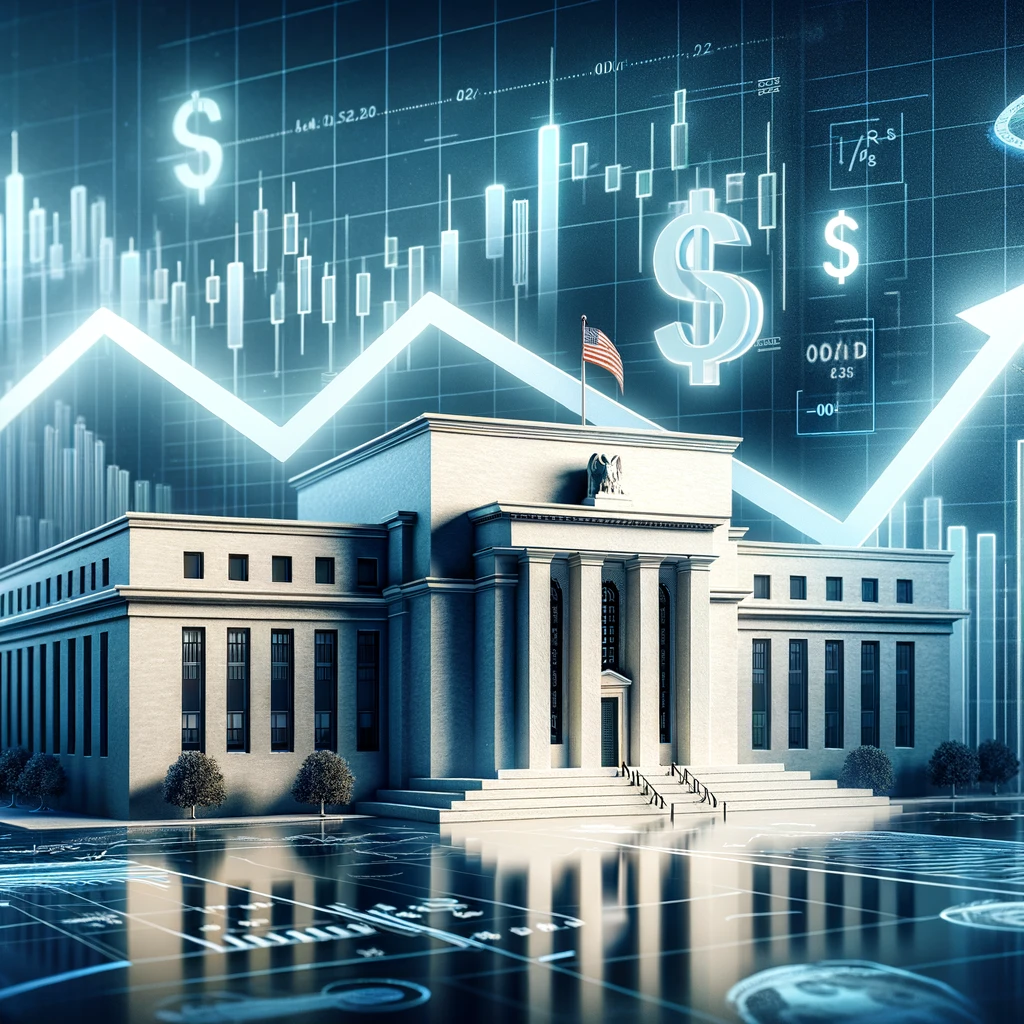Inflation in the United States appears to be moderating, although not at a pace that would prompt the U.S. central bank to implement its first interest-rate reduction by March. According to a recent report from the Commerce Department, inflation, as measured by the Federal Reserve’s targeted gauge, increased by 2.6% in December compared to the previous year. The Fed’s target for this measure is 2%, as indicated by the personal consumption expenditures price index.
However, it’s crucial to consider the underlying core inflation, which excludes food and energy prices, as it provides valuable insights into the trajectory of price pressures. The data reveals that on both a three-month and a six-month basis, core inflation remains below the 2% threshold.
Market expectations
Following the release of this report, futures contracts tied to the Fed’s policy rate suggest that there is approximately a 48% probability of a rate cut at the upcoming March 19-20 meeting. Moreover, there is a considerably higher probability, standing at 90%, of a rate cut occurring during the April 30-May 1 meeting.
It’s worth noting that the Federal Reserve has refrained from adjusting its policy rate since July of the previous year when it raised the target range by a quarter-of-a-percentage point to 5.25%-5.5%. This move was accompanied by a signal that the central bank was not entirely convinced that its policy measures were sufficiently tight to combat inflation effectively.
The Fed’s dilemma
Since that time, inflation has been receding at a faster rate than anticipated by Fed officials. However, they remain cautious and are likely to seek more data to gain confidence in their ability to ease up on monetary policy. Subadra Rajappa, the head of U.S. rates strategy at Société Générale, noted that the disinflationary trend is persisting. On the other hand, robust consumer spending and a strong job market argue for the Federal Reserve to maintain its current policy stance for a more extended period.
Friday’s report also revealed that consumer spending surged at the end of the year, which complements a previous report indicating that the U.S. economy grew at a 3.3% annualized rate in the fourth quarter, surpassing economists’ expectations. The U.S. unemployment rate remained at 3.7% in December, only slightly higher than the level when the Federal Reserve initiated its rate-hike campaign in March 2022.
Upcoming developments
Looking ahead, the Labor Department is scheduled to release the January payrolls data in the coming week. While it is widely expected that the Federal Reserve will maintain the policy rate at its current range during its next meeting, there is anticipation that they may eliminate a reference to “additional policy firming” in their post-meeting statement, a phrase that was consistently present throughout most of the previous year.
The United States finds itself at a crossroads regarding its monetary policy. Inflation has shown signs of slowing down, but the pace is insufficient to prompt immediate rate cuts. The Federal Reserve closely monitors economic indicators and remains cautious in its approach, seeking further evidence to make informed decisions regarding its policy rates. As the year progresses, the central bank will continue to navigate the delicate balance between addressing inflation concerns and sustaining economic growth.





